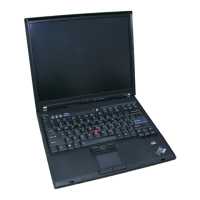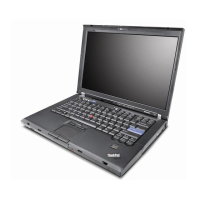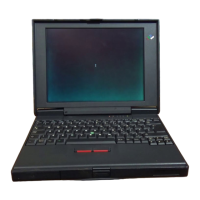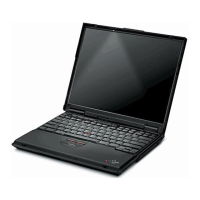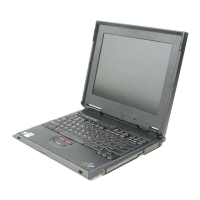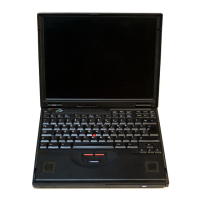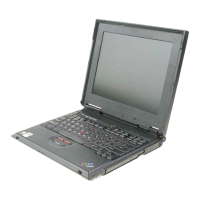Numbering Systems
HEX
NUMBERING SYSTEM
Binary numbers require about three times
as
many
positions
as
decimal numbers
to
express
the
equivalent
number. This
is
not
much of a problem for the computer.
However, binary numbers are bulky for humans when
talking or writing, or when communicating with a
computer. A long string
of
l's
and
D's
cannot be
effectively transmitted-from one individual
to
another.
Some shorthand method
is
necessary. The hex number-
ing
system fills this need.
Because of the simple relationship of hex
to
binary,
numbers can be converted from one system
to
another by
inspection. The base of the hex system
is
16.
This means
there are
16
symbols:
0,1,2,3,4,5,6,7,8,9,
A,
B, C,
0,
E,
and
F.
The letters
A,
B,
C,
0,
E,
and F represent
the decimal (base
10)
values
of
10,
11,
12, 13, 14,
and
15,
respectively.
Four binary positions are equivalent
to
one hex position.
The following table shows the comparable values
of
the
three numbering systems:
Decimal Binary
Hex
0 0000
0
1
0001
1
2 0010 2
3
0011
3
4
0100
4
5
0101
5
6 0110
6
7
0111
7
8 1000 8
9
1001
9
10
1010
A
11
1011
B
12
1100
C
13
1101
°
14
1110
E
15
1111
F
A-4
At this point,
all
16
hexadecimal symbols were used,
and a carry
to
the next higher position of the number
is
necessary. For example:
Decimal Binary
Hex
16
0001
0000
10
17
0001 0001
11
18
0001
0010
12
19
0001
0011
13
20
0001
0100
14
21
0001 0101
15
-and
so
on-
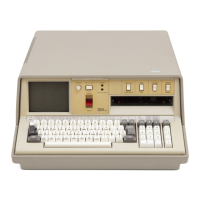
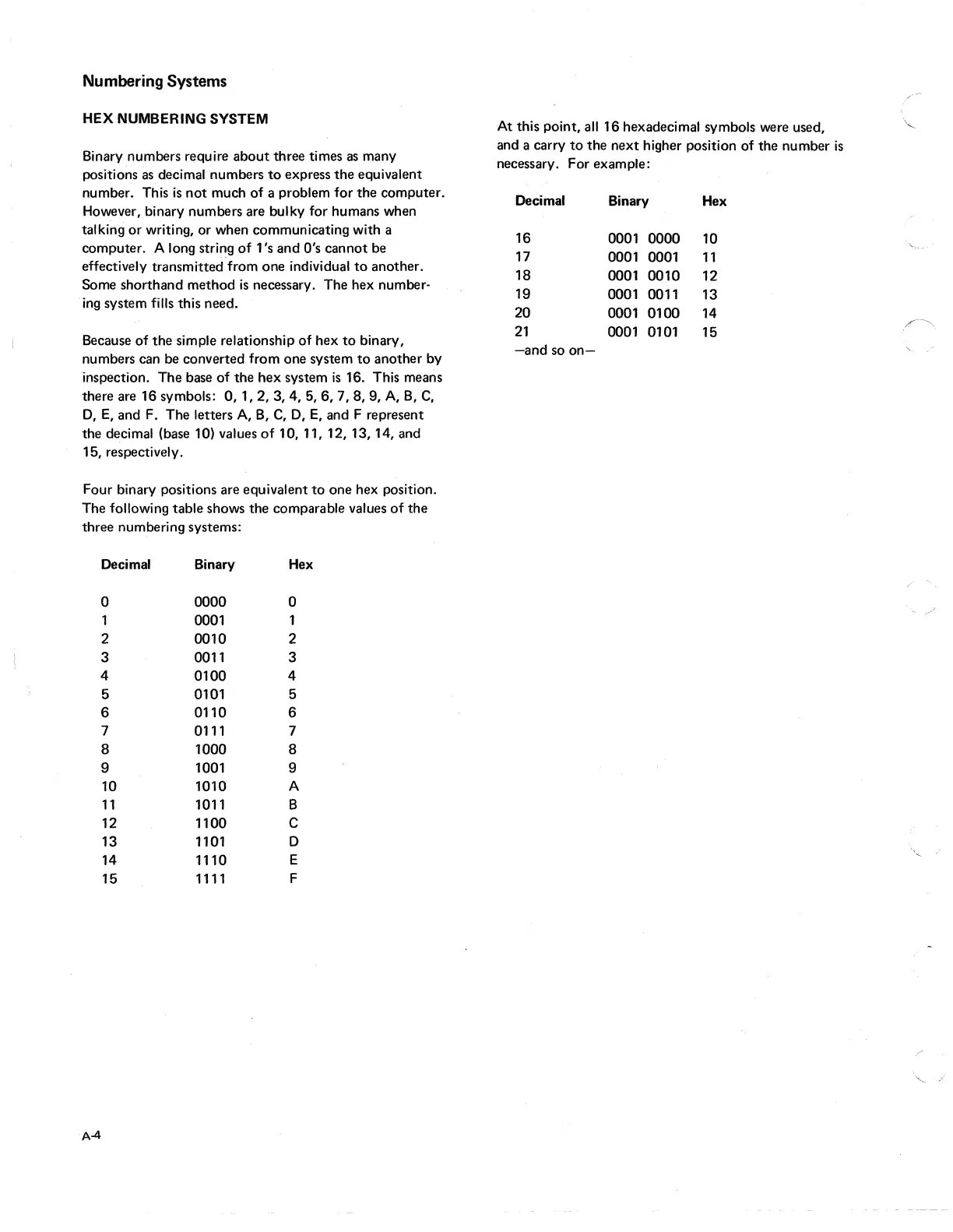